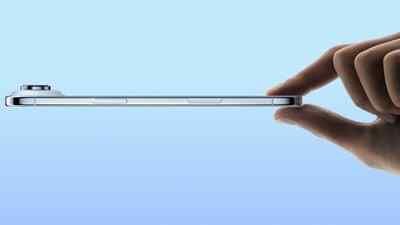Apple’s new iPhone Air, the company’s thinnest model yet, will not be arriving in China on schedule. While the device is already open for preorder in the United States, Apple has quietly pulled its launch timeline for mainland China due to a snag with eSIM approval.
A Different Launch Path Than Other Models
Originally, Chinese buyers were supposed to be able to preorder the iPhone Air today, with shipments set for September 19. Instead, Apple’s China website now simply says release details will be “updated later.”
Meanwhile, the rest of the new lineup—the iPhone 17, 17 Pro, and 17 Pro Max—is moving forward as planned, with preorders already live and deliveries expected next week.
Why China Is a Sticking Point
The holdup comes from Apple’s decision to go all-in on eSIM technology for the iPhone Air. Unlike physical SIM cards, an eSIM is embedded directly into the phone, allowing users to activate carriers digitally.
That approach works smoothly in the U.S. and Europe, but China has been slow to adopt the standard. Apple has never sold an iPhone with eSIM support in the mainland market, and the new iPhone 17 series still ships there with traditional SIM trays.
Confusion Over Carrier Support
Apple initially suggested that China Unicom would be the lone provider supporting eSIM for the iPhone Air. However, its documentation was later revised, stating that all three major carriers—China Mobile, China Telecom, and China Unicom—would eventually support the feature once regulators give the green light.
What Apple Is Saying
In a statement to Chinese media, Apple stressed that it is working “closely with regulatory authorities” to resolve the issue and launch the iPhone Air in China “as soon as possible.”
The Bigger Picture
The delay highlights a key challenge for Apple: pushing new mobile standards in markets where infrastructure and regulation are still catching up. For China, where hundreds of millions still rely on physical SIM cards, the shift to eSIM is more than a technical tweak—it’s a regulatory and consumer adoption hurdle.
Until approvals come through, Apple fans in China will have to wait to get their hands on the company’s lightest iPhone yet.
